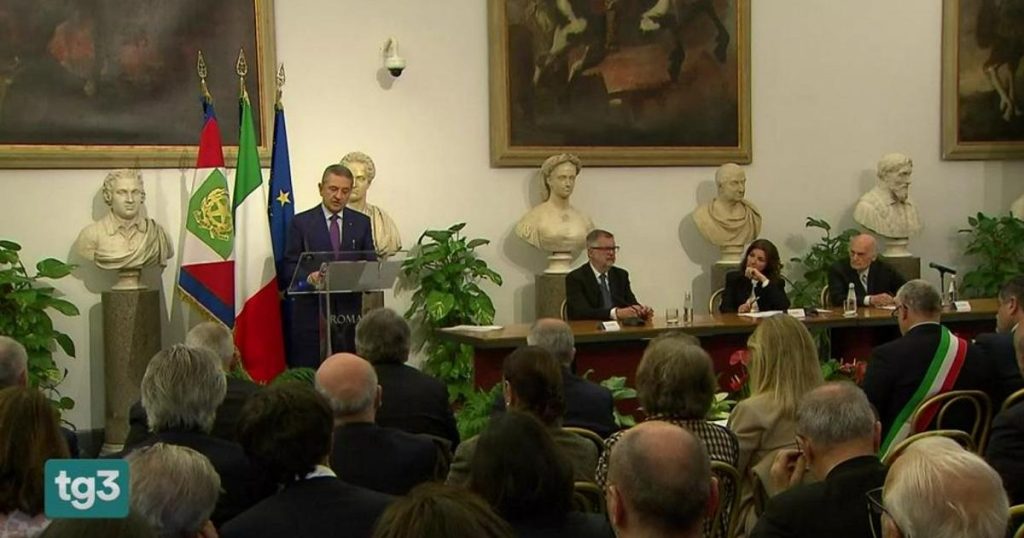In a recent interview, Fabio Panetta, the governor of the Bank of Italy, stated that inflation in the euro area is rapidly declining. This decline in inflation is expected to allow for a cut in interest rates. The decision to cut interest rates could potentially be made in June, as suggested by Christine Lagarde, the President of the European Central Bank.
Panetta’s comments suggest that the economic situation in the euro area is changing, with inflation rates falling. This change in inflation rates opens up the possibility for monetary policy adjustments, such as interest rate cuts. The potential interest rate cut is seen as a way to stimulate economic growth and address any deflationary pressures within the euro area.
The decision to cut interest rates is significant as it can have a direct impact on borrowing costs for businesses and consumers. Lower interest rates can incentivize borrowing and spending, leading to increased economic activity. However, the effectiveness of interest rate cuts in stimulating economic growth may be limited by other factors, such as the overall economic environment and consumer confidence.
The timing of the potential interest rate cut is important as it can signal the central bank’s response to changing economic conditions. By considering a rate cut in June, the European Central Bank may be acknowledging the need for additional stimulus measures to support economic recovery. It is also possible that the central bank is monitoring inflation trends closely and adjusting its monetary policy accordingly.
Overall, Panetta’s comments on the declining inflation rates in the euro area and the potential interest rate cut in June suggest a proactive approach to managing monetary policy. The central bank’s decision to cut interest rates could have far-reaching implications for the economy and financial markets. It remains to be seen how this potential rate cut will impact economic growth and inflation in the euro area in the coming months.















